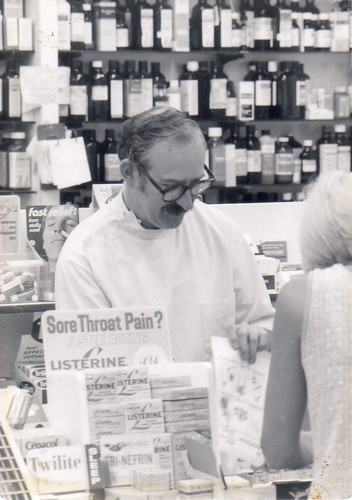
The accessibility and speed of the internet has radically changed commerce. Even those who a decade ago distrusted online retailers now understand that many safe and effective e-marketplaces exist. That said, the internet is also one of the easiest places to be misled about a purchase. Counterfeiters take advantage of the fact that glossy websites are all that's needed to host a "believable" business. Nowhere is this more dangerous to your health then in the pharmaceutical industry, where fake e-pharmacies can offer medicine with no active ingredients or overdose levels of your meds. Here's how to steer clear:
- Pill size/shape/color: If you have taken the medicine before, does it look the same as your previous medicine? Be aware, though, that looks can deceive. Even if it looks real, it may not be.
- Taste: When counterfeiters fake medications, they put in entirely different (harmful) ingredients. Does your medicine taste the same? If it is a pill, is it more powdery, or does it dissolve too easily? A notorious counterfeiting trick is to use baking soda as the main element of their fakes. Other ingredients in fakes include chalk and antifreeze components.
- Effectiveness: Have you noticed any changes in your health or well-being? Does the drug effect you in the same way?
A lengthier guide to buying counterfeit medications
can be found here. Be especially aware of those drugs which the National Association of Boards of Pharmacy list as the most counterfeited:
- Lipitor (atorvastatin)
- Lamisil (terbinafine)
- Sustivaa (efavirenz)
- Diflucan (fluconazole)
- Procrit (epoetin alfa)
- Zocor (simvastatin)
Photo Credit
 The accessibility and speed of the internet has radically changed commerce. Even those who a decade ago distrusted online retailers now understand that many safe and effective e-marketplaces exist. That said, the internet is also one of the easiest places to be misled about a purchase. Counterfeiters take advantage of the fact that glossy websites are all that's needed to host a "believable" business. Nowhere is this more dangerous to your health then in the pharmaceutical industry, where fake e-pharmacies can offer medicine with no active ingredients or overdose levels of your meds. Here's how to steer clear:
The accessibility and speed of the internet has radically changed commerce. Even those who a decade ago distrusted online retailers now understand that many safe and effective e-marketplaces exist. That said, the internet is also one of the easiest places to be misled about a purchase. Counterfeiters take advantage of the fact that glossy websites are all that's needed to host a "believable" business. Nowhere is this more dangerous to your health then in the pharmaceutical industry, where fake e-pharmacies can offer medicine with no active ingredients or overdose levels of your meds. Here's how to steer clear:
No comments:
Post a Comment